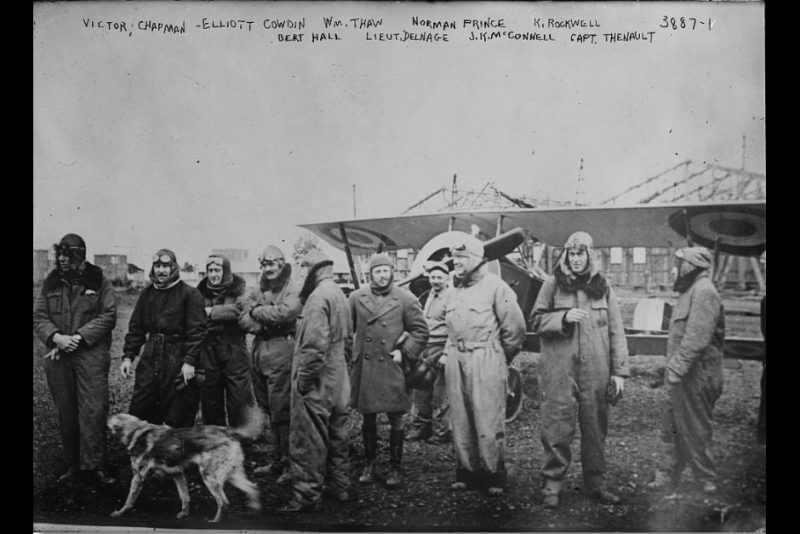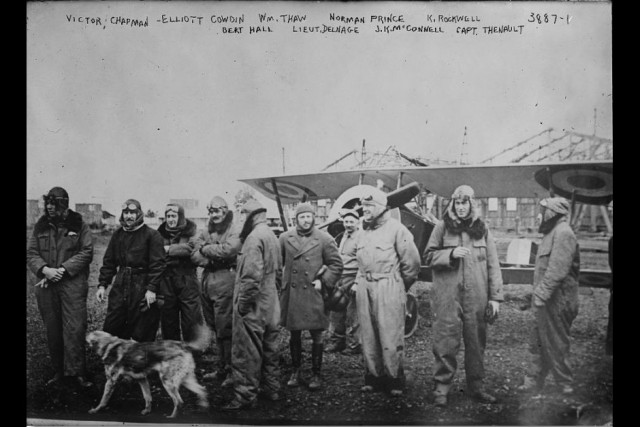“The Unsubstantial Air: American Fliers in the First World War” is a new book by Samuel Hynes which tells the story of American pilots sent to Europe during World War I to fly with the Allies in combat.
It was only in 1903 that the Wright Brothers successfully launched their Kitty Hawk in North Carolina. Ten years later aviation had evolved so much that aircraft was ready to fight in the battles of World War I.
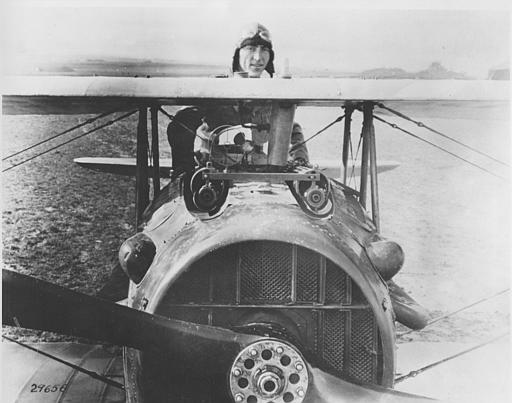
At the start of the war the Europeans were leading the way in combat aviation, and even though America didn’t join the war until 1917, some of its pilots flew to France to join Lafayette Escadrille.
Most were highly-educated Ivy League college graduates since no one else could simply afford to learn how to fly. The car was well into production for the masses in the early 1900s, but it wasn’t until the late 1930s that aircraft was being produced for large-scale transport.
The young Americans who joined Lafayette Escadrille went through months of training before being sent into combat. Some were pursuit pilots, some were spotters and others flew bombers. The pursuit pilots were highly thought of.
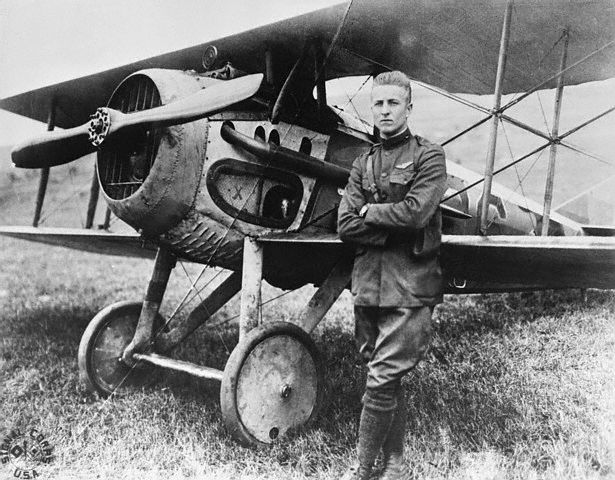
Hynes was a combat pilot during World War II. Now 90, he remembers how it was just a fantasy to fly a plane when he was a boy, but the war gave young Americans the chance to train and fly in combat. There were, however, huge losses and more of the young pilots were killed in accidents than in battle.
Flying was still in its infancy and the technology was still underdeveloped. Nevertheless, it was the era in which aviation was admired and romanticised, the Alaska Dispatch News reports.
Hynes remembers flying as such a thrill and unique experience. He remembers that there was nowhere else in the world that could give you the views and perspective of the earth than in the cockpit.
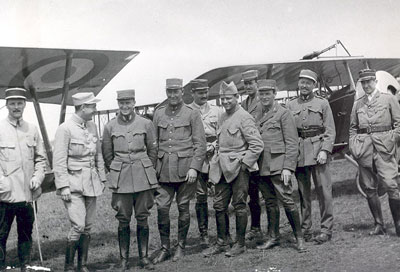
The World War I pilots were experiencing flying as they took part in the war. They had never come across cloud banks, been shot at or taken part in mass bombing raids with hundreds of other aircraft.
In his book, Hynes discusses other pilots who began flying after the war. They took the experiences and learnings from the combat flying and used it to develop aviation techniques further, such as Carl Ben Eielson, Fletcher McCordic and Charles Lindbergh.
During World War I most aircraft had open cockpits, so pilots not only fought the enemy, but they also battled against often severe weather conditions. Hynes notes that World War I was the ‘Great War’, even more so for aviation and the young pilots who flew in it.
